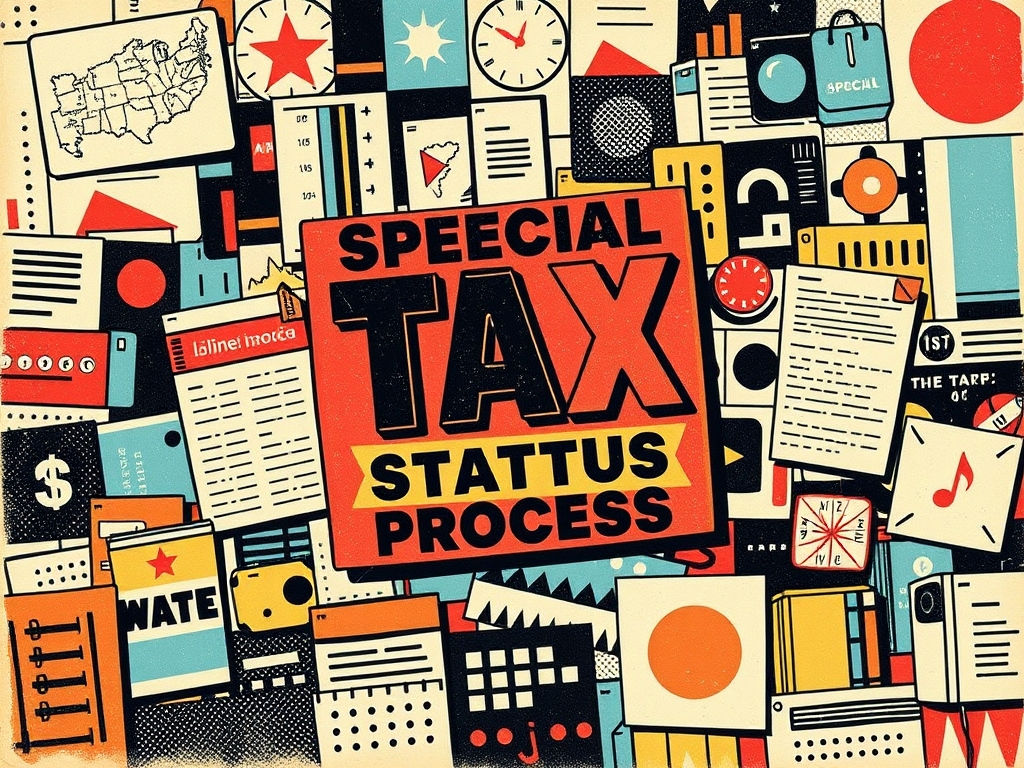
Rental Yields in Greece: Which Locations Offer the Best Returns?
Table of Contents:
- Introduction
- Understanding Rental Yields
- Top Greek Locations for Rental Yields
- Factors Influencing Rental Yields in Greece
- Investment Strategies for Maximizing Returns
- Market Trends and Future Outlook
- Conclusion
- FAQs
Reading time: 15 minutes
1. Introduction
As the global real estate market continues to evolve, investors are increasingly turning their attention to Greece, a country renowned for its rich history, stunning landscapes, and vibrant culture. The Greek property market has shown remarkable resilience in recent years, offering attractive opportunities for both domestic and international investors. In this comprehensive analysis, we’ll delve into the intricacies of rental yields across various Greek locations, providing data-driven insights and expert perspectives to guide your investment decisions.
2. Understanding Rental Yields
Before we explore specific locations, it’s crucial to establish a clear understanding of rental yields and their significance in real estate investment.
2.1 Definition and Calculation
Rental yield is a key metric used to assess the profitability of a rental property investment. It’s typically expressed as a percentage and represents the annual rental income as a proportion of the property’s value. The calculation is as follows:
Gross Rental Yield = (Annual Rental Income / Property Value) x 100
For a more accurate assessment, investors often use the net rental yield, which accounts for expenses such as property management fees, maintenance costs, and taxes:
Net Rental Yield = ((Annual Rental Income – Annual Expenses) / Property Value) x 100
2.2 Importance in Investment Decision-Making
Rental yields serve as a critical indicator for investors, offering insights into:
- Potential return on investment
- Cash flow generation capabilities
- Market competitiveness
- Long-term investment viability
By analyzing rental yields across different locations, investors can make informed decisions about where to allocate their capital for optimal returns.
3. Top Greek Locations for Rental Yields
Greece offers a diverse range of investment opportunities, from bustling urban centers to idyllic island getaways. Let’s examine the rental yield potential across various regions:
3.1 Athens
As the capital and largest city in Greece, Athens presents a compelling case for real estate investment:
- Average Gross Rental Yield: 4.5% – 6%
- Key Areas: Kolonaki, Plaka, Syntagma
- Market Dynamics: Strong demand from both long-term renters and short-term tourists
Athens has experienced significant urban regeneration in recent years, driving property values and rental demand upward. The city’s rich cultural offerings and improving infrastructure continue to attract a diverse mix of residents and visitors.
3.2 Thessaloniki
Greece’s second-largest city offers a blend of historical charm and modern amenities:
- Average Gross Rental Yield: 4% – 5.5%
- Key Areas: Ladadika, Kalamaria, Panorama
- Market Dynamics: Growing student population and emerging tech sector driving demand
Thessaloniki’s more affordable property prices compared to Athens, combined with its vibrant cultural scene and strategic location, make it an attractive option for investors seeking steady returns.
3.3 Greek Islands
The Greek islands offer some of the highest rental yields in the country, particularly during the peak tourist season:
- Mykonos
- Average Gross Rental Yield: 8% – 10%
- Key Areas: Chora, Ornos, Psarou
- Santorini
- Average Gross Rental Yield: 7% – 9%
- Key Areas: Oia, Fira, Imerovigli
- Crete
- Average Gross Rental Yield: 5% – 7%
- Key Areas: Chania, Heraklion, Rethymno
The islands benefit from a robust tourism industry, with high-end properties in prime locations commanding premium rental rates during the summer months.
3.4 Peloponnese
The Peloponnese region offers a mix of coastal and inland investment opportunities:
- Average Gross Rental Yield: 4% – 6%
- Key Areas: Nafplio, Kalamata, Costa Navarino
- Market Dynamics: Growing interest in eco-tourism and cultural experiences
Investors looking for a balance between tourism potential and authentic Greek living might consider properties in peloponnese, where development projects are enhancing the region’s appeal.
4. Factors Influencing Rental Yields in Greece
Several key factors contribute to the variation in rental yields across Greek locations:
4.1 Seasonality
Greece’s tourism-driven economy leads to significant seasonal fluctuations in rental demand and yields. Popular destinations like Mykonos and Santorini can see rental rates triple during the peak summer months, while urban centers like Athens and Thessaloniki maintain more consistent year-round demand.
4.2 Property Type and Location
The type of property and its specific location within a region can dramatically impact rental yields:
- Luxury villas with sea views on popular islands often command the highest yields
- City center apartments in Athens and Thessaloniki offer steady, year-round income
- Renovated historical properties in areas like Plaka (Athens) or Ano Poli (Thessaloniki) attract premium rents
4.3 Economic and Political Stability
Greece’s economic recovery and political stability in recent years have positively impacted investor confidence and rental yields. Continued reforms and infrastructure investments are likely to further enhance the country’s appeal to both tourists and long-term residents.
4.4 Regulatory Environment
Recent changes in Greek property laws and tax regulations have implications for rental yields:
- Golden Visa program attracting non-EU investors
- Short-term rental regulations in major cities
- Property tax reforms affecting operating costs
Investors must stay informed about these regulatory changes to accurately project net rental yields and overall returns.
5. Investment Strategies for Maximizing Returns
To optimize rental yields in the Greek market, consider the following strategies:
5.1 Diversification
Spreading investments across different locations and property types can help balance seasonal fluctuations and market risks. A portfolio might include:
- A city center apartment in Athens for steady year-round income
- A vacation rental on a popular island for high summer yields
- A renovation project in an up-and-coming neighborhood for long-term appreciation
5.2 Value-Add Opportunities
Identifying properties with potential for improvement can significantly boost rental yields:
- Renovating historical properties in prime locations
- Upgrading amenities to appeal to high-end renters
- Converting single-family homes into multiple rental units where zoning allows
5.3 Leveraging Technology
Embracing digital platforms and smart home technologies can enhance rental yields by:
- Streamlining property management processes
- Improving guest experiences in short-term rentals
- Optimizing pricing strategies based on real-time market data
6. Market Trends and Future Outlook
As we look to the future of the Greek rental market, several trends are worth monitoring:
6.1 Sustainable Tourism
Greece is positioning itself as a leader in sustainable tourism, which could impact rental yields in eco-friendly properties and less-developed areas. Investors might consider:
- Properties with green certifications
- Locations promoting cultural and environmental experiences
- Developments integrating renewable energy solutions
6.2 Digital Nomad Influx
The rise of remote work is driving demand for long-term rentals in picturesque locations with good internet connectivity. This trend could benefit:
- Island properties with year-round appeal
- Urban apartments with dedicated workspaces
- Coastal areas with a balance of lifestyle and infrastructure
6.3 Infrastructure Developments
Ongoing and planned infrastructure projects are set to enhance connectivity and attractiveness across Greece:
- New airports on islands like Crete and Santorini
- High-speed rail connections between major cities
- Marina developments catering to luxury yacht tourism
These developments could open up new areas for investment and potentially increase rental yields in previously underserved regions.
7. Conclusion
The Greek rental market offers a diverse array of investment opportunities, with rental yields varying significantly across locations and property types. While popular tourist destinations like Mykonos and Santorini continue to lead in terms of gross rental yields, urban centers such as Athens and Thessaloniki provide stability and year-round income potential.
Investors should approach the market with a nuanced understanding of local dynamics, seasonality, and regulatory environments. By carefully analyzing these factors and implementing strategic approaches to property selection and management, investors can position themselves to capitalize on Greece’s attractive rental yields and long-term market growth potential.
As Greece continues its economic recovery and solidifies its position as a premier Mediterranean destination, the outlook for rental yields remains positive. However, success in this market will require ongoing vigilance, adaptability, and a commitment to providing high-quality rental experiences that meet the evolving demands of both short-term visitors and long-term residents.
8. FAQs
Q1: What is the average rental yield for properties in Greece?
A1: The average rental yield in Greece varies widely depending on location and property type. Generally, yields range from 4% to 10%, with popular tourist islands like Mykonos and Santorini offering the highest potential returns, often exceeding 8% gross yield.
Q2: Are there any restrictions on foreign property ownership in Greece?
A2: Greece generally welcomes foreign investment in real estate. However, there are some restrictions on property purchases in border areas and certain islands for non-EU citizens. It’s advisable to consult with a local legal expert before making any investment decisions.
Q3: How has the COVID-19 pandemic affected rental yields in Greece?
A3: The pandemic initially caused a significant drop in short-term rental demand, particularly in tourist-heavy areas. However, the market has shown resilience, with a quick recovery in popular destinations. Some investors have shifted focus to longer-term rentals or domestic tourism markets to maintain yields.
Q4: What are the main costs associated with owning a rental property in Greece?
A4: Key costs include property taxes (ENFIA), income tax on rental income, maintenance and repairs, property management fees (if applicable), and utilities. It’s important to factor these into calculations when estimating net rental yields.
Q5: Is it better to invest in short-term or long-term rental properties in Greece?
A5: The choice between short-term and long-term rentals depends on various factors, including location, personal investment goals, and management capabilities. Short-term rentals in tourist areas can offer higher gross yields but may require more active management and face seasonal fluctuations. Long-term rentals, particularly in urban areas, often provide more stable income and lower management overhead.

Article reviewed by MDavid Cohen, Chief Strategy Officer | Architect of Scalable Growth for Tech Startups, on March 30, 2025


